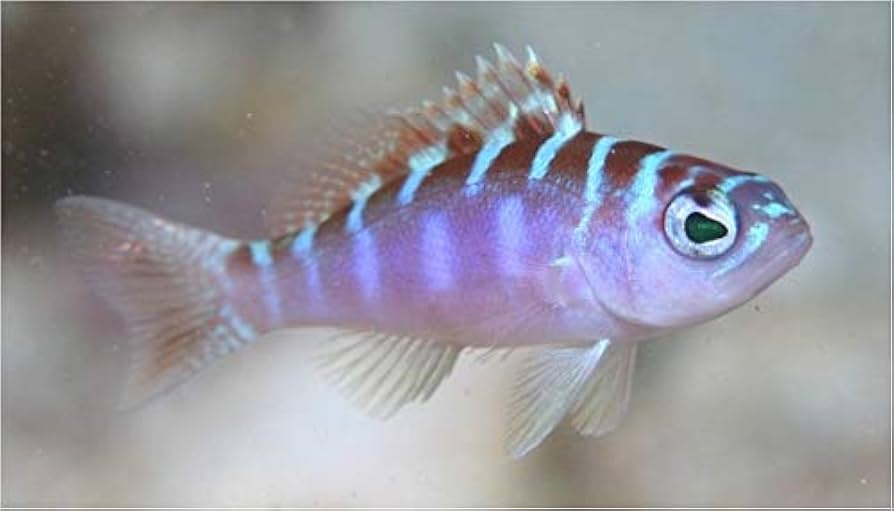
Searching for a fish that’s easy to care for, small, and well-behaved? The Chalk Basslet is a great option. This fish’s scientific name is Serranus tortugarum and it’s found in the Caribbean and Western Atlantic regions. They’re also hardy and won’t easily fall ill, which is part of what makes them easy to care for after adding them to a tank.
In this care guide, we’ll explore these fish and help you decide if this is a good addition to your tank.
In short, Chalk Basslets are reef-safe. Although they’re omnivorous and consume meals around coral, they don’t tend to actually nip at coral.
Your corals will likely stay intact when keeping these fish, especially seeing as Chalk Basslets depend on them for shelter from predators. However, you will need to keep an eye on any crustaceans you keep in your reef tank. To prevent issues with Chalk Basslets eating crustaceans, make sure you feed them regularly as this normally keeps them at bay.
As omnivorous fish, Chalk Basslets accept a wide variety of meals. They can feed on algae within the tank, which helps keep the water clean, and they can also feed on flake foods, live food such as brine and shrimp, and chopped meats.
At the same time, you should avoid feeding these fish too frequently, as this could cause the fish to gain weight since they don’t know when to stop eating.
Chalk Basslets are highly territorial and need plenty of space, though it’s possible to keep more than one in the same tank under the right conditions. If you want to accommodate two or more Chalk Basslets, a good guideline to consider is to provide each fish with around 15 to 20 gallons of water. So, you’ll need a large tank if you plan on keeping multiple Chalk Basslets together.
Chalk Basslets don’t live for very long, even when you maintain them. Their life expectancy is around one to two years at a maximum.
Being basslets, or smaller relatives of bass, Chalk Basslets don’t grow very large at all. They’ll grow up to three to four inches but rarely exceed three.
The price of a Chalk Basslet depends on factors such as the size of the fish and the specific shop you buy it from, but they’re very affordable. These fish sell for around $20 to $40, making them inexpensive across the market.
Here are some interesting facts about Chalk Basslets that give a bit more insight into these fish:
The Chalk Basslet gets along with certain fish better than others. First, let’s consider other Chalk Basslets as tank mates—you’ll need a spacious tank to accommodate two or more to avoid competition, as they’re very territorial.
Now, let’s take a look at some tank mates that get along well with the Chalk Basslet. These can include:
Conversely, avoid adding potentially aggressive fish that might attack your basslet. For instance, don’t put them in with larger bass, lionfish, or triggerfish, all of which are natural Caribbean rivals. Keep in mind that these fish will likely just attack your basslet to protect their territory, seeing as they can’t consume Chalk Basslets.
Many fish stores carry Chalk Basslet, including:
For a great fish that’s pretty easy to maintain and won’t break the bank, consider the Chalk Basslet.